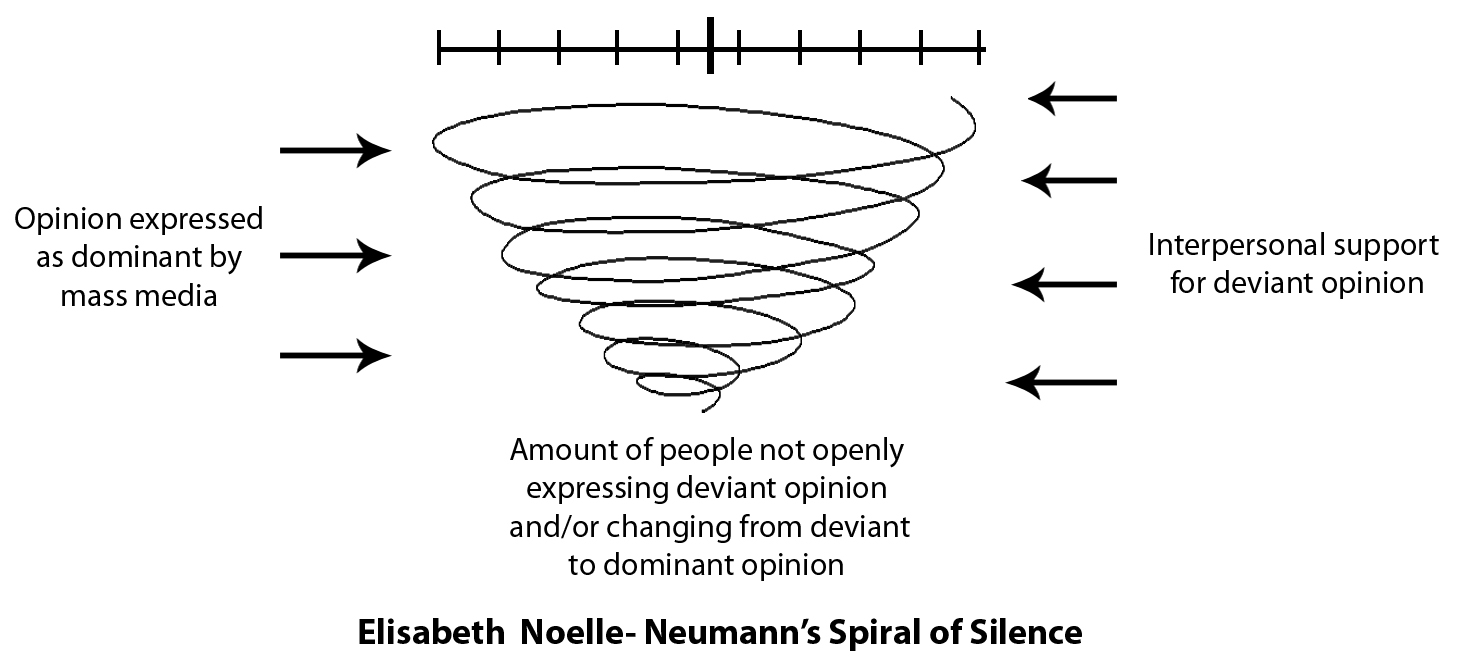Theory of Spiral of Silence: Elisabeth Noelle-Neumann, the German political scientist contributes the famous model called “Spiral of Silence”. In 1947 Neumann and her husband found “Public Opinion Organization” in German and also she was a President of “World Association for Public Opinion Research” in 1978 to 1980. Through this Spiral of Silence theory Neumann indirectly explains the Jews status during World War II under Nazi’s control. Here, Adolf Hitler dominated the whole society and the minority Jews became silent due to the fear of isolation or separation. Theory: The one view dominated the public scene and others disappeared from the public awareness as it adherents became silent. In other words, the people fear of separation or isolation those around them, they tend to keep their attitudes to themselves when they think they are in the minority. This process is called “Spiral of Silence”. Explanation of Theory: The Spiral of […]
Priming Theory
What is priming? Explain the term scientifically. What is Priming Theory? If you have you ever heard a new word for the first time in your life and then suddenly noticed it popping up everywhere from the news to your grandmother’s dinner conversation, you know that the human brain can be primed to notice things that it ordinarily would completely overlook. The same thing happens when the press begins spending time on an issue that might ordinarily simmer on a back burner; once the issue becomes news, it tends to become relevant. When the public begins to view candidates in light of a particular issue that has been brought up by the media even though it was not a consideration prior to its introduction, it is an example of the priming effect. For example, in spite of the fact that no one cared about whether the candidates recycled just […]
Agenda setting theory (Maxwell McCombs and Donald L.Shaw)
Discuss the agenda setting theory. Your answer should give background of the agenda setting theory, main findings of the Chapel Hill Study and the need for conducting Charlotte Study. Agenda setting theory (Maxwell McCombs and Donald L. Shaw) Media influence affects the order of presentation in news reports about news events, issues in the public mind. More importance to a news-more importance attributed by audience. Media Priorities It says what people should think about and how people should think about. These are the levels of agenda setting theory: First Level: Mostly studied by researchers, media uses objects or issues to influence the people what people should think about. Second level: Media focuses on the characters of issues how people should think about. Agenda setting theory used in political ad, campaigns, business news, PR (public relation) etc. The main concept associated with the agenda setting theory is gate keeping. Gate […]
